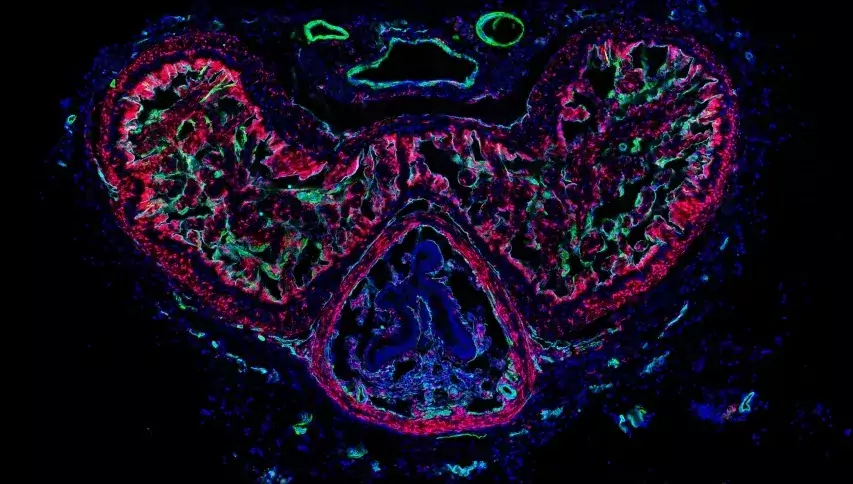A groundbreaking study conducted by researchers at Karolinska Institutet and Uppsala University in Sweden has uncovered a previously unknown role of connective tissue cells, known as fibroblasts, in mediating erectile function. Published in the prestigious journal Science, the study provides insights into the vital relationship between erection frequency and the health of these cells.
Lead researcher Christian Göritz, along with first author Eduardo Guimaraes, shed light on the crucial role fibroblasts play in regulating blood flow within the penis, ultimately influencing the ability to achieve and maintain an erection.
Using an advanced technique called optogenetics, the researchers demonstrated that fibroblasts facilitate erection by responding to the neurotransmitter noradrenaline, leading to the dilation of blood vessels in the penis. Importantly, the study revealed that the effectiveness of this process is closely linked to the abundance of fibroblasts.
Göritz explained the adaptive nature of the body, highlighting that the frequency of erections directly influences the number of fibroblasts present in the penis. This reciprocal relationship suggests that regular erections may promote the proliferation of fibroblasts, while infrequent erections could lead to a reduction in their numbers.
The study also addressed age-related changes in fibroblast populations, observing that older mice exhibited fewer fibroblasts in the penis, correlating with decreased blood flow. Göritz speculates that similar changes may occur in humans, potentially contributing to age-related erectile dysfunction.
While the study’s findings are promising, the researchers emphasize that further research is needed to determine the applicability of these findings to human physiology. Nonetheless, Göritz expressed optimism that the insights gained from this study could pave the way for innovative treatments for erectile dysfunction.
The study was primarily funded by the Bertil Hållsten Foundation and the Knut and Alice Wallenberg Foundation, with no reported conflicts of interest among the researchers.
In conclusion, this study represents a significant advancement in our understanding of erectile function and opens up new avenues for therapeutic interventions aimed at maintaining and enhancing sexual health.
Publication: Guimaraes, E. L., Dias, D. O., Hau, W. F., Julien, A., Holl, D., Garcia-Collado, M., … & Göritz, C. (2024). Corpora cavernosa fibroblasts mediate penile erection. Science, online 8 February 2024, doi: 10.1126/science.ade8064.










